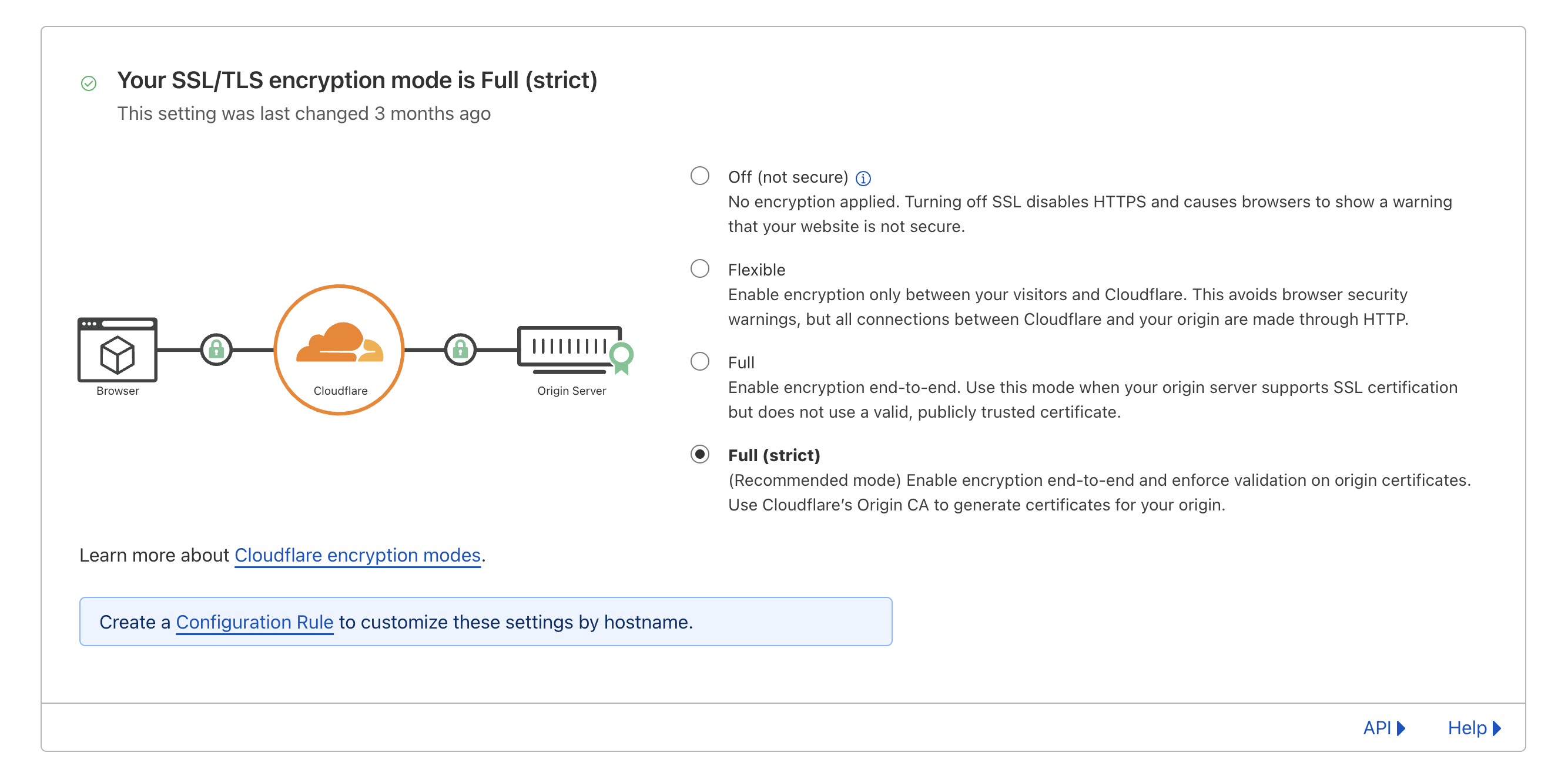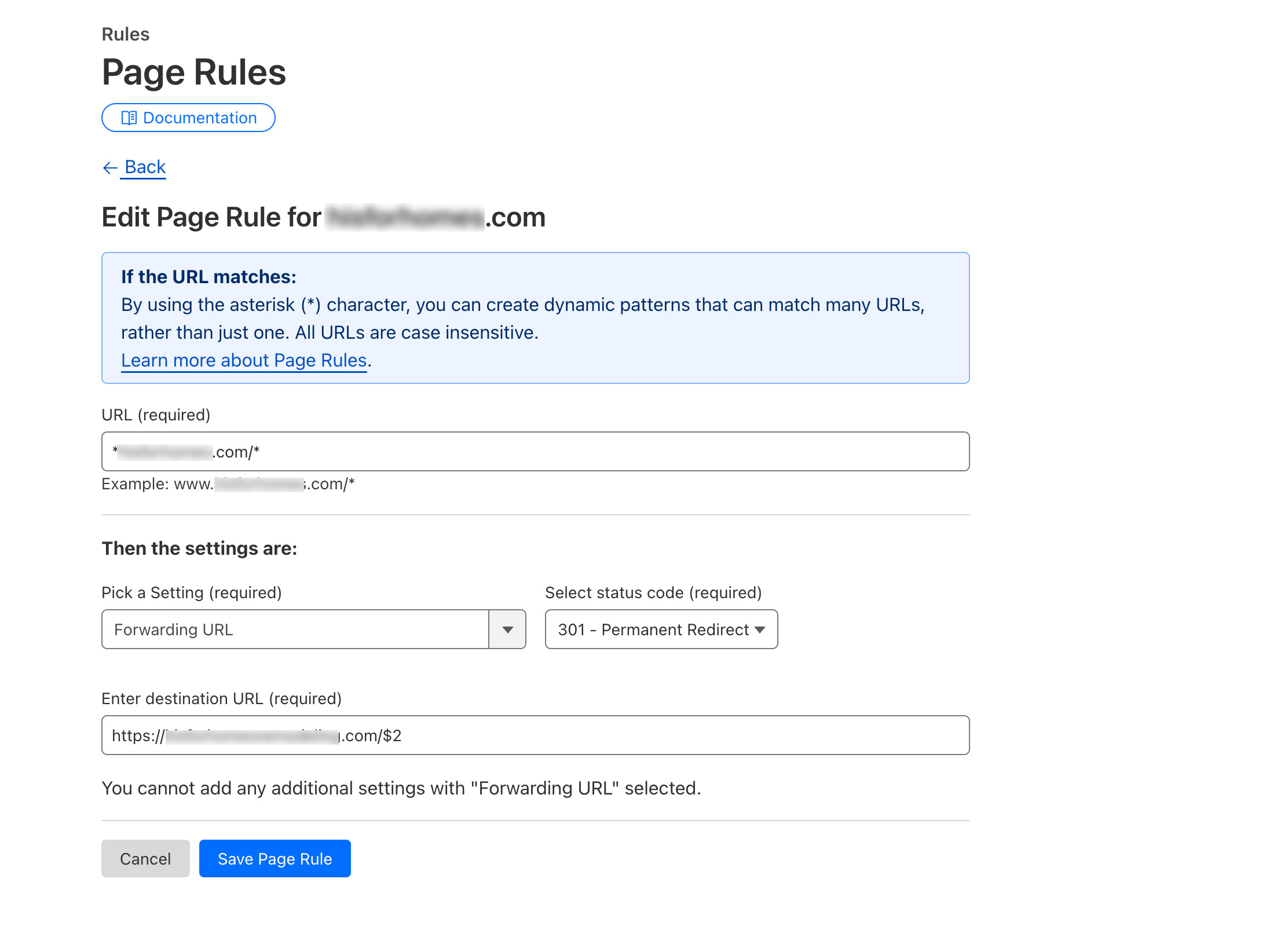Tips and how-to for creating a full-functioning GoDaddy forwarding solution.
A Discussion about GoDaddy Forwarding Domains Limitations
This article by Josh Hill is where you should start if you’re trying to deal with GoDaddy’s Domain forwarding options. He writes, “The ability to seamlessly redirect web traffic from one domain to another is more than just a convenience—it’s a necessity for good SEO and usability. However, not all domain forwarding services are created equal. One service that consistently falls short is offered by GoDaddy. In this post, I’ll explain why GoDaddy’s domain forwarding doesn’t work, and then I’ll explain a solution that circumvents these pitfalls by using a free account from Cloudflare.”
So we followed Empirical Digital and Josh Hill’s advice, and here are a few tips.
Using CloudFlare for GoDaddy’s Website + Marketing Plans (Webbuilder)
For a client who’s website was built on GoDaddy’s Webbuilder, we used Cloudflare for DNS management because we wanted to create 301 redirects and then later wanted true domain forarding, which the GoDaddy builder did not give us the options to deal with.
As a first step, you need to change the GoDaddy nameservers to Cloudflare servers.
SSL Mode important for pointing back to the GoDaddy Webbuilder.
To make Cloudflare work and point back to the GoDaddy Webbuilder successfully (via IP address in A record), one trick we needed to update in Cloudflare settings was changing our SSL mode in Cloudflare from flexible to Full (strict).

Reference Cloudflare Forum post.
Page Rule Redirect in CloudFlare
Later, when we no longer needed the GoDaddy Bebbuilder because the site was moved to Squarespace, we used Cloudflare rules to create a thorough/complete domain forwarding, using Regex. Wondering when to use a redirect? The primary reason to use a domain redirect is to improve user experience and customer satisfaction; read our full article for seven plus reasons.


